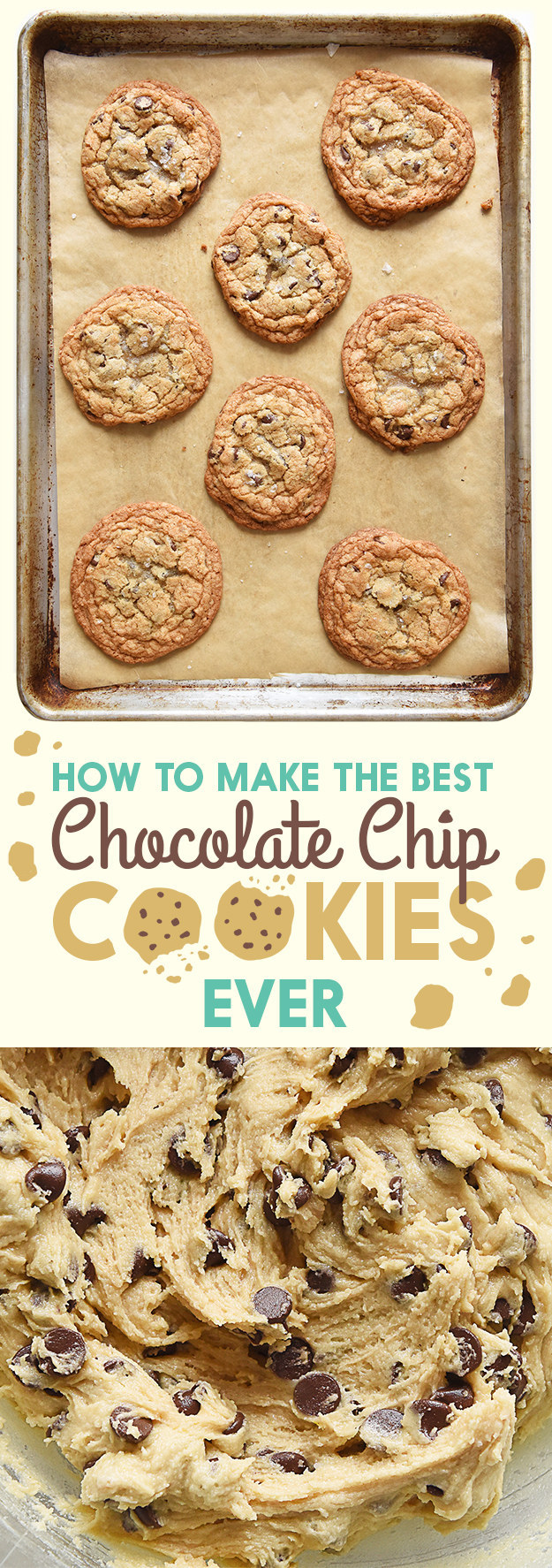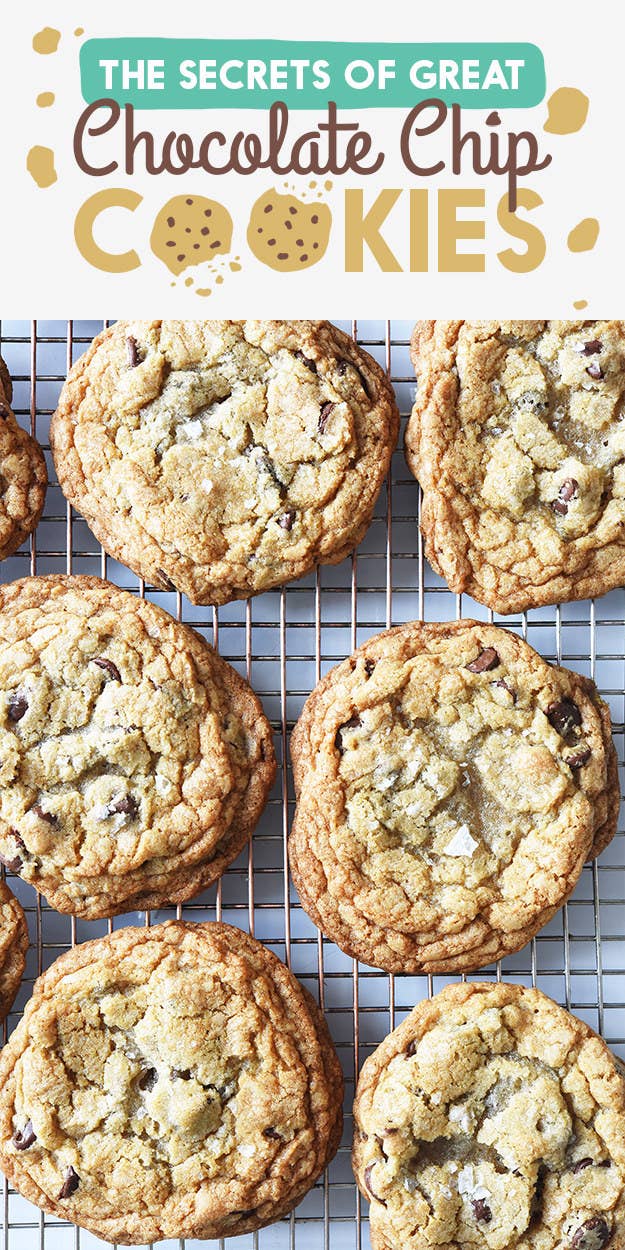
Baking chocolate chip cookies from scratch can be a gamble.
I would know! I spent months testing and tweaking the perfect chocolate chip cookie recipe. What I learned is, there's a fine line between nailing it on the first try, and ending up with a batch that's less-than-delicious.
And that fine line is often because of ~cookie science~.
When it comes to baking, each ingredient serves a specific purpose. The more you understand how each ingredient works, the more you can tweak a recipe to get exactly what you want.
As a professional recipe developer, I've spent years refining my baking style and skills.
This post covers all the things I've learned about cookie ingredients along the way, with some help with other experts and from my favorite baking sources.
Here's an introduction to the building blocks of chocolate chip cookies.
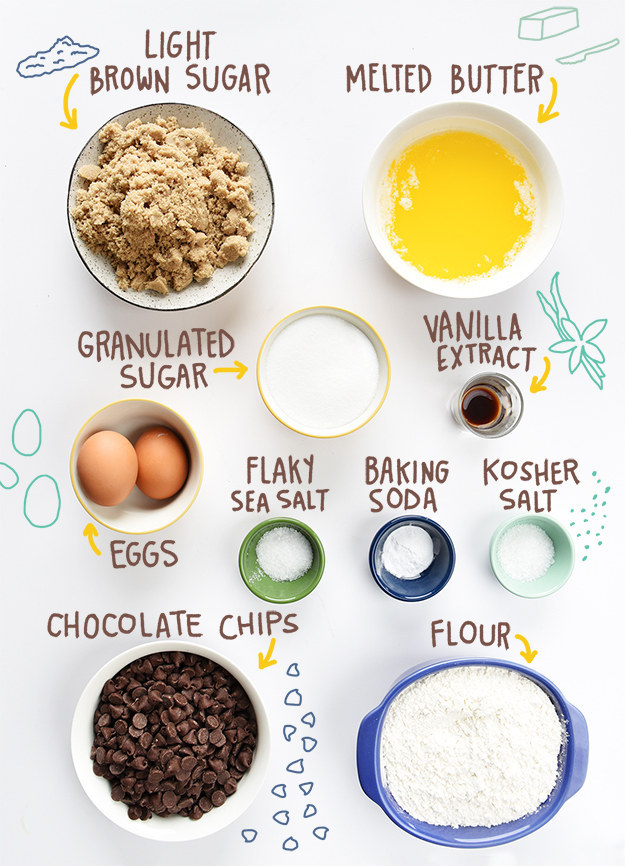
BUTTER is essential to the flavor and the texture of chocolate chip cookies.
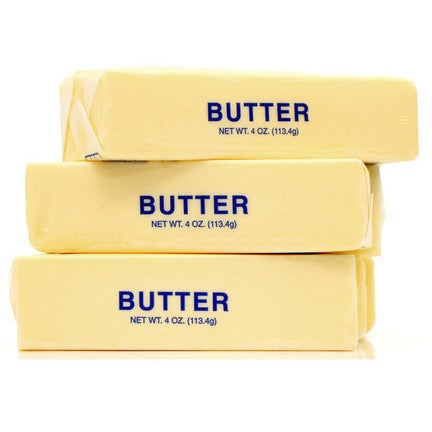
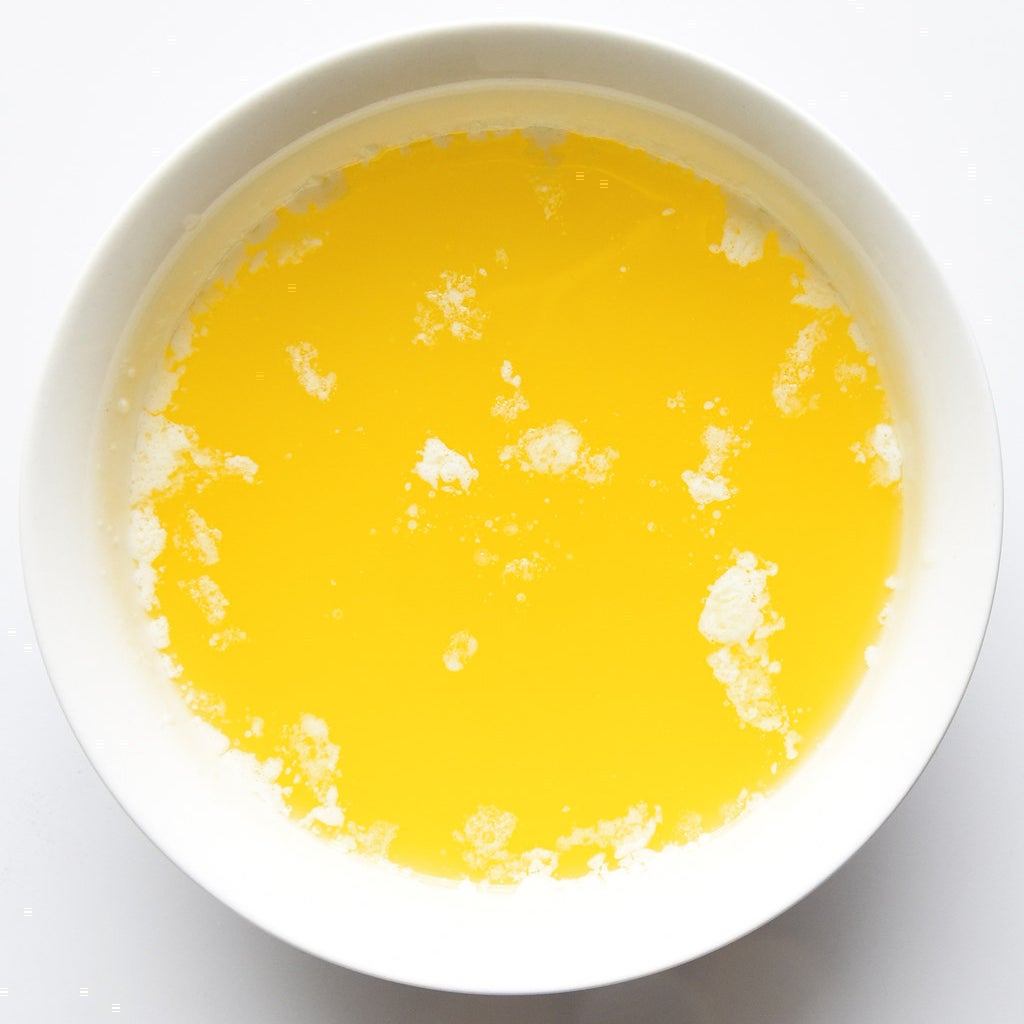
“Butter is technically a source of water and fat,” says Alice Phung, Chemistry PhD student and writer for the Science and Food website at UCLA. And you can use butter in two ways: Solid, or melted.
“If you use cold butter, the cookies are less chewy and more cakey — and that’s because less gluten forms when the water is trapped in the fat.” But when you melt the butter, the cookies are more chewy and crispy, since the water has already melted and can form gluten with the flour before the dough goes into the oven, explains Phung.
Also, spread is a big factor with butter. If you've ever pulled out a tray of cookies that all migrated into one big blob, warm butter was probably the issue. If the dough is too warm before it goes into the oven, it spreads before the eggs and leavener are able to set the cookie. One of the best parts about using melted butter is that you don't have to worry about the butter getting too warm. It's already melted! So, you can control the shape of the cookie better.
If you grew up making the classic Toll House chocolate chip cookie recipe, then you're probably used to beating the butter and sugar together with an electric mixer. Creaming butter and sugar beats air into the butter, which eventually leads to a cakey rise in the baked cookies. This process is a form of mechanical leavening, whereas baking soda or baking powder is called chemical leavening.
Read more about creaming butter and sugar over at Serious Eats.
BROWN SUGAR adds toffee flavor and chewy texture. GRANULATED SUGAR makes cookies crispier and spread more.


Store-bought brown sugar is just granulated sugar with some molasses mixed in. This adds a rich, toffee flavor, but also makes the sugar acidic. The acid in brown sugar reacts with the leavener (baking soda or baking powder), causing the cookies to rise in the oven.
The simplest way to put it, says J. Kenji López-Alt, Managing Culinary Director of Serious Eats and author of The Food Lab, "is that brown sugar clings onto water more, so it will be moister than a white-sugar cookie.”
Cookies made with lots of brown sugar tend to be chewier, whereas cookies make with granulated sugar are crispier and spread more, since there's no acid to activate the baking soda and cause the cookies to rise. A mixture of brown sugar and granulated sugar is ideal because brown sugar adds rise, but granulated sugar makes the cookies spread before they get too cakey.
EGGS add structure and moisture to cookies.

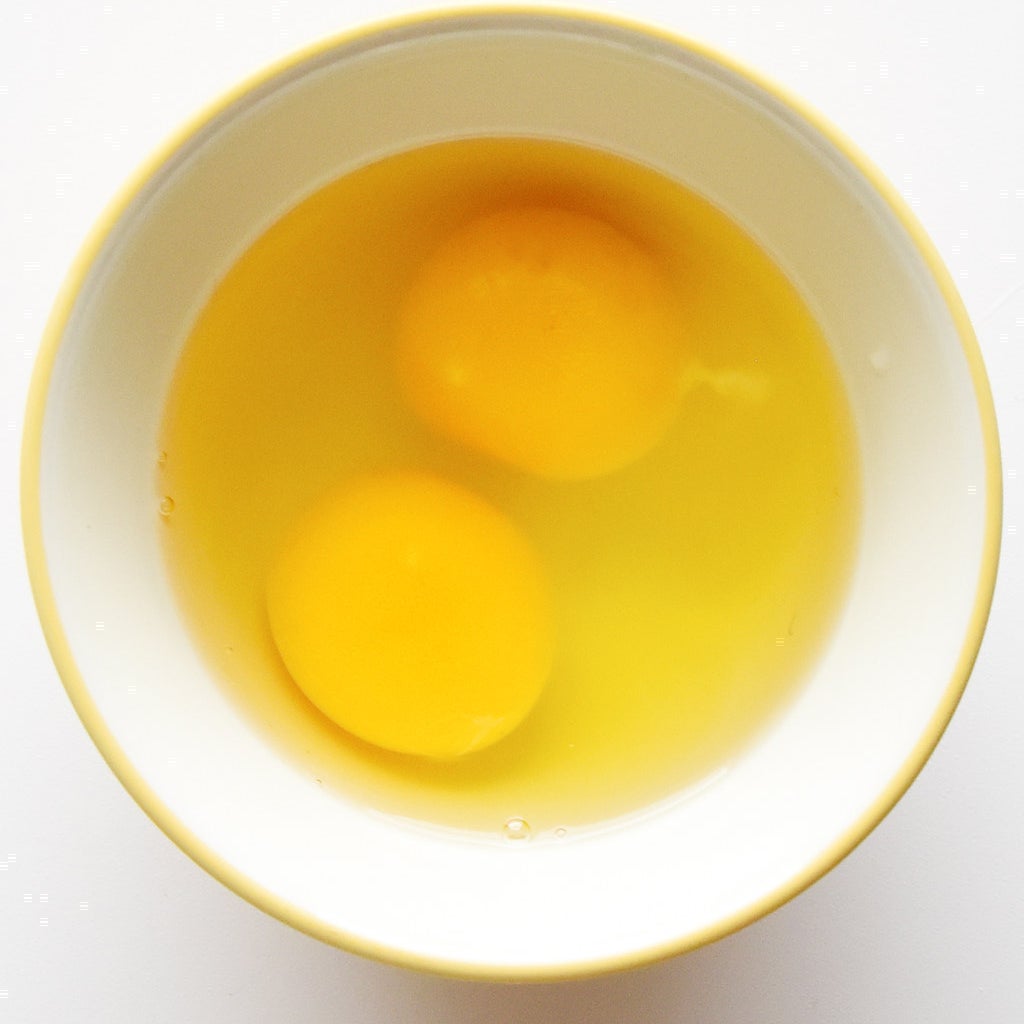
According to López-Alt, eggs do a few things: “Eggs add liquid that hydrates flour and helps sugar dissolve. They add protein, which gives the cookie structure. And egg whites trap air bubbles, so they’ll make cookies lighter, whereas egg yolks have fat in them, so they’ll make a cookie more tender.”
The liquid in eggs also helps dissolve the sugar, adding to the toffee flavor and even browning.
VANILLA adds warmth and balanced complexity to the flavor.
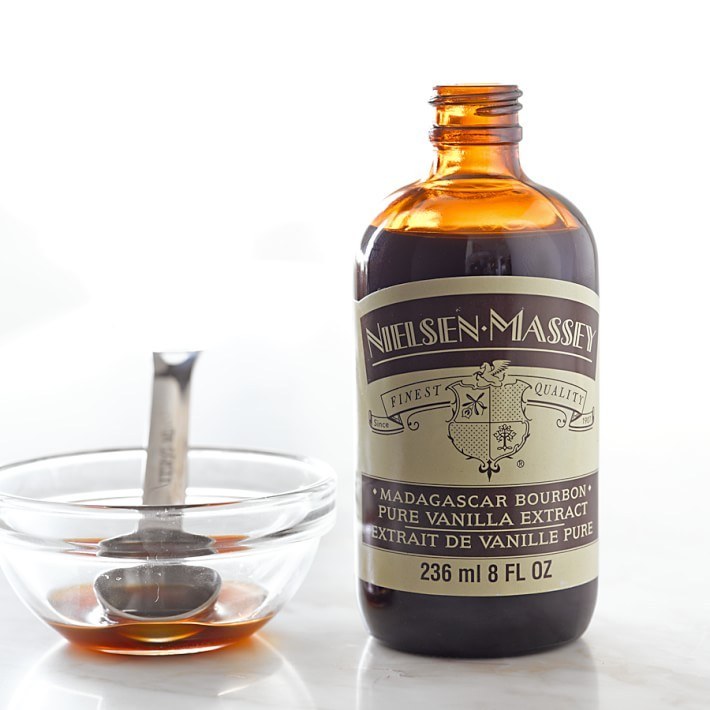
BAKING SODA is the traditional chemical leavener in cookies, but sometimes BAKING POWDER is added for more lift.

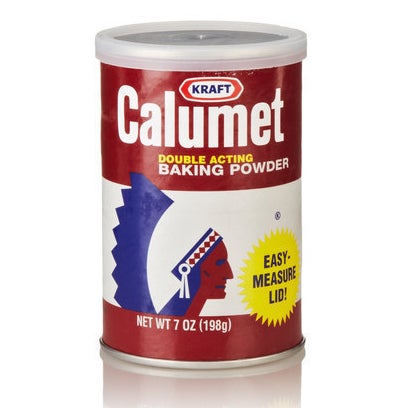
While a lot of the loft in cookies that are cakey comes from beating air into the dough (when you cream butter and sugar together), you also need a leavener to help the dough rise and set the cookies' shape.
This comes in the form of baking soda, which reacts with the acid to produce leavening. In most chocolate chip cookies, brown sugar adds the acid that reacts with the soda.
Baking powder is a combination of baking soda plus an acid to react with the baking soda. If you're using brown sugar, it makes sense to use baking soda and not baking powder, since brown sugar is already acidic.
FLOUR contributes protein and structure to cookies.
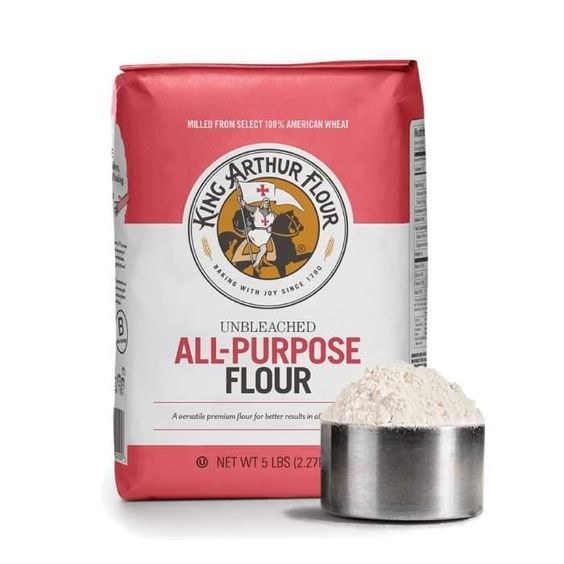
SALT enhances sweetness and reduces bitterness.
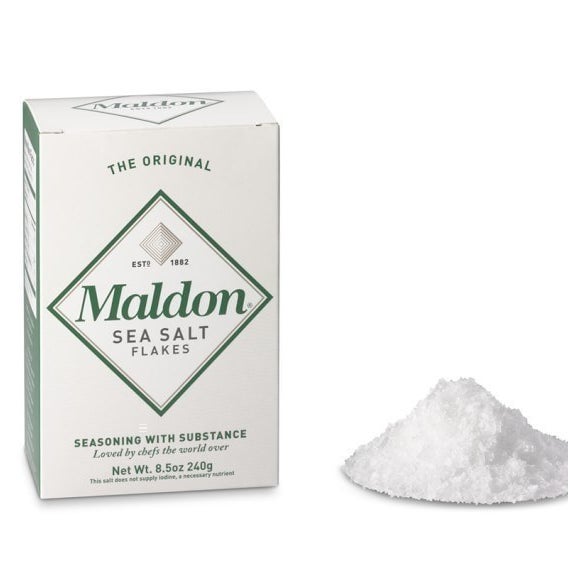
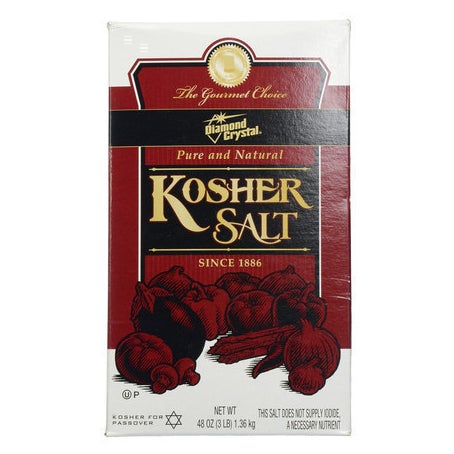
A common difference between a fine cookie and an incredible cookie is salt. Salt not only brings out the sweetness of sugar, it reduces the bitterness of the chocolate. The flakes of kosher salt are larger than table salt, so if you are using fine-grained salt (such as Morton's) make sure to cut the measure in half.
The optional addition of flaky sea salt on top of dough just before baking adds an intense pop of salty flavor that contrasts with the sweet cookies.
CHOCOLATE size, shape, and cacao percentage determine how chocolaty your final cookie will be.
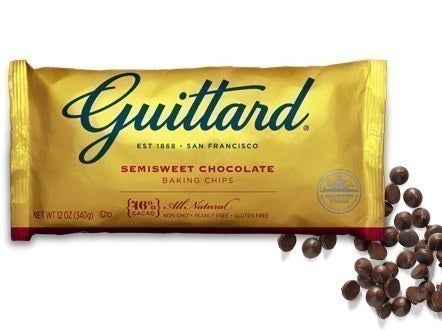

Semisweet or bittersweet chocolate ranges between 40 and 70 percent cacao. The lower the cacao percentage, the sweeter and less bitter the chocolate. So, it's up to you to choose a chip that hits your ideal level of sweetness. I usually choose a chocolate chip in the middle of the range; most importantly, I look for a brand that produces high-quality chocolate. My favorites are Guittard, Valhrona, or Callebaut. Of course, Ghiradelli and Nestlé are great, too.
Chocolate chips are convenient, plus they retain their shape during baking, which means that you have pockets of dough and pockets of chocolate.
If you like more chocolate folded throughout the cookie in big chunks and tiny pockets, it's worth chopping your chocolate by hand. This means that the big and little bits of chocolate mix into the dough more thoroughly, making for a deeper chocolate taste. And it's always a bonus when you get a huge chunk that melts all over.
You can also buy chocolate disks, which give you even dispersal of wide, flat chocolate throughout your cookies.
No matter which way you choose, the cookies will be delicious. Frankly, convenience trumps a lot of things for me, which is why the classic recipe uses chips, but it's worth experimenting to find your ~cookie bliss~.
LETTING THE DOUGH REST FOR 24 HOURS gives you cookies with deeper flavor and even browning and texture.

Want to put all this knowledge to good use? Get the recipe for the ultimate chocolate chip cookies here.
